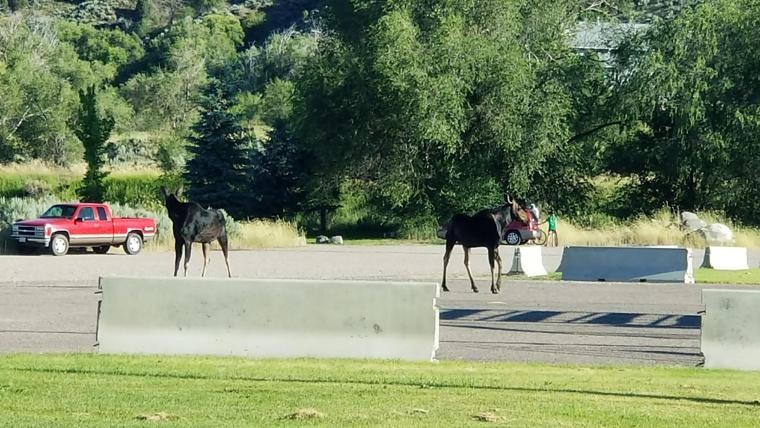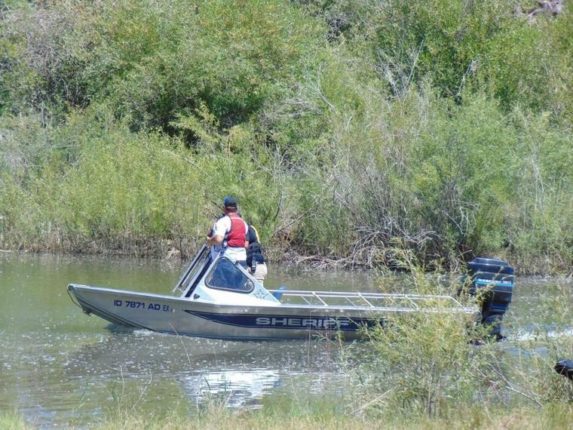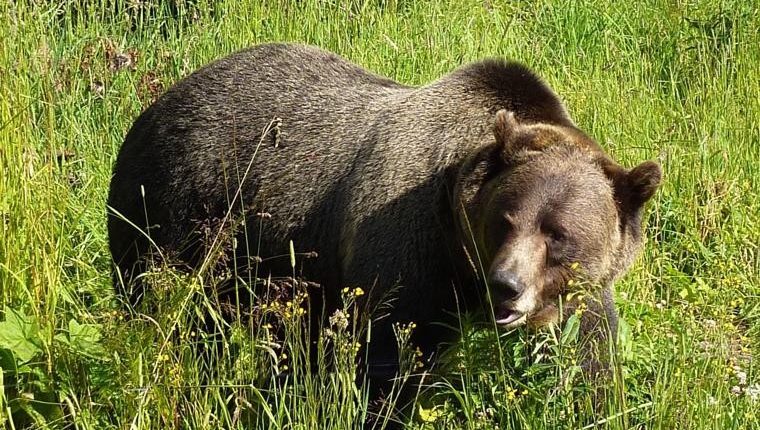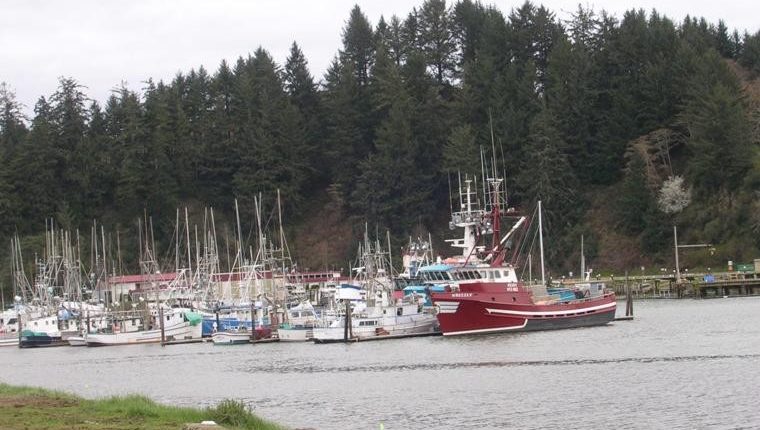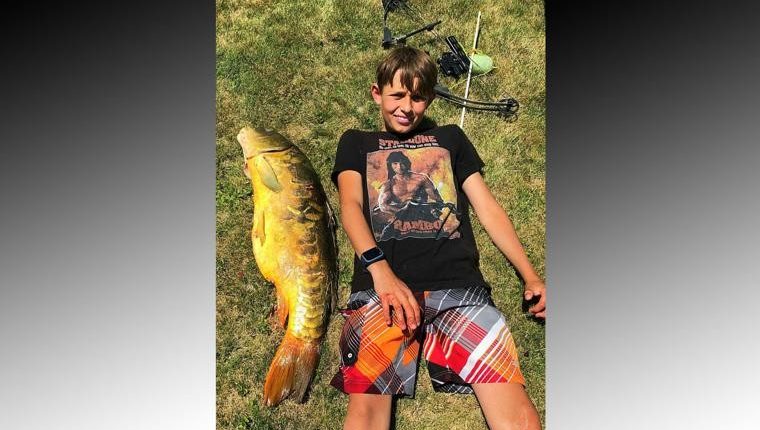A local boy caught a massive carp over the weekend at his family’s vacation house in Rupert.
Parker Wood, 12, of Inkom, was fishing in the Snake River in the backyard of his family’s vacation house in Rupert on Friday afternoon when he said his friend started yelling.
“My friend yelled at me and said, ‘there’s a sturgeon, there’s a sturgeon!’” Wood said. “I thought, no way. So I ran over there, and I looked down, and there was a massive carp just sitting there.”
Wood ran back inside the house to retrieve his bow, then shot the carp.
“Right as I shot him, I jumped in the water and grabbed him,” he said.
Wood said he wrapped the fish up in his shirt to keep it from slipping out of his hands, then jumped out of the water with it. The carp, which Wood said is about 3 and a half feet in length and 26 pounds, was released back into the river after Wood and his father, Richard, weighed it.
“He wasn’t going to let (that fish) get away,” Richard said. “That’s for sure.”
Though large, Parker’s carp was not anywhere close to record breaking. The current record for the largest common carp caught in Idaho is 67.65 pounds and 47 inches. It was pulled in at C.J. Strike Reservoir in 2011 by Scott Frazier II.
“But for a little kid, it’s a good one,” Richard said.
Parker and his father are both avid fishermen, and Parker has been fishing since he was about 4 or 5 years old. Though this was the heaviest and overall biggest fish he has caught, Richard said Parker has previously caught pike that were longer.
“(He) fishes constantly,” Richard said of Parker. “When we’re (at the vacation house) it’s a day and night thing. It keeps him out of trouble.”
Though Parker has caught many carp before, they are usually much, much smaller.
Richard said what was most unusual was the location in which Parker caught the fish.
“The neighbors actually live there year-round, and they have for a long time,” Richard said. “And they’ve never caught one that big this far below the dam. Usually you catch those up in Minnedoka or American Falls Dam if they get that big, but not that far down the river.”
Parker said that while he has bowfished in the past, he doesn’t typically use a bow anymore. But he didn’t see any other option due to the size of the carp.
“We usually never use bows,” he said. “I used to when I was young, but that was the first carp I’ve probably shot in at least two years with my bow.”
Parker is also no stranger to catching unusual fish. Last year, he caught a catfish that had been tagged by Fish and Game. Richard said they were able to look up the fish’s number and see exactly when it had been put into the lake, and other information that had been gathered about it.
Carp is a highly invasive species, and there’s no limit on the number of carp one can catch in Idaho.

